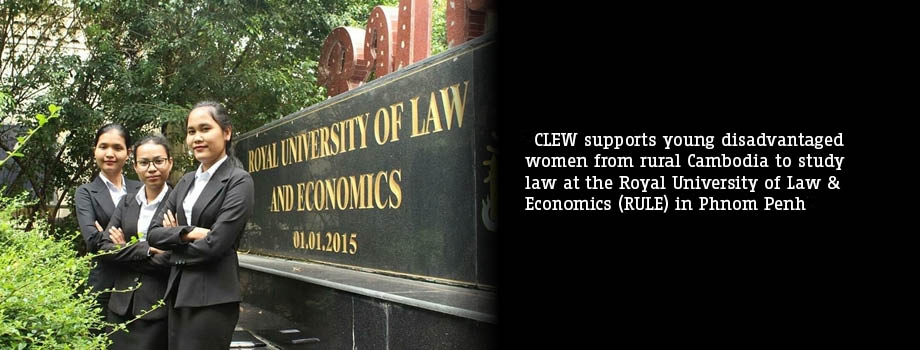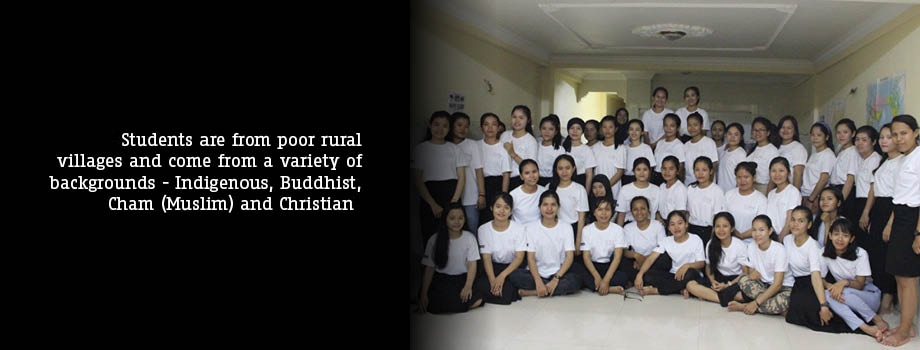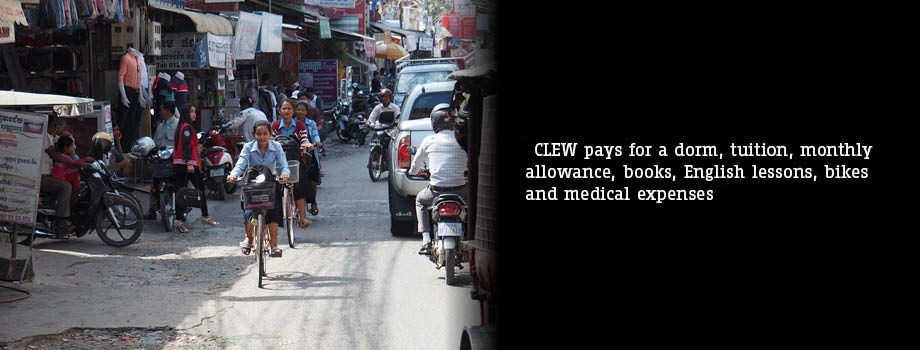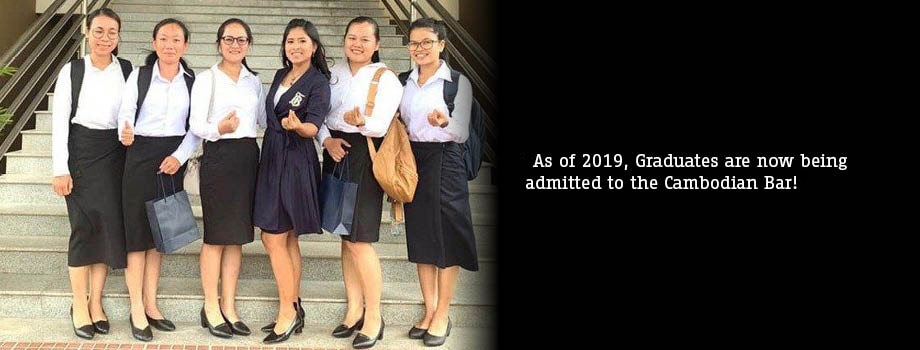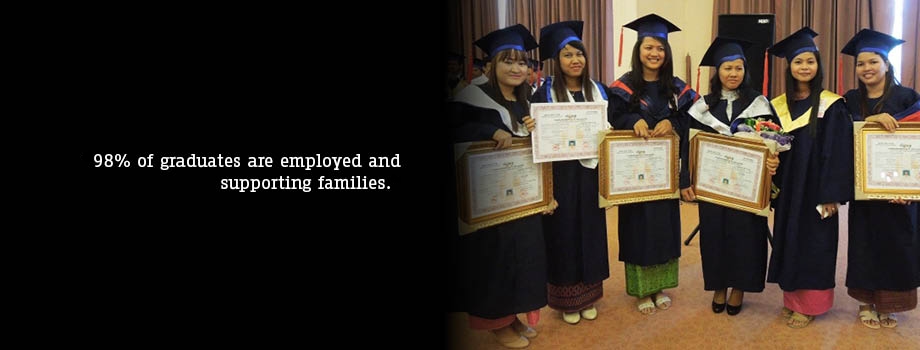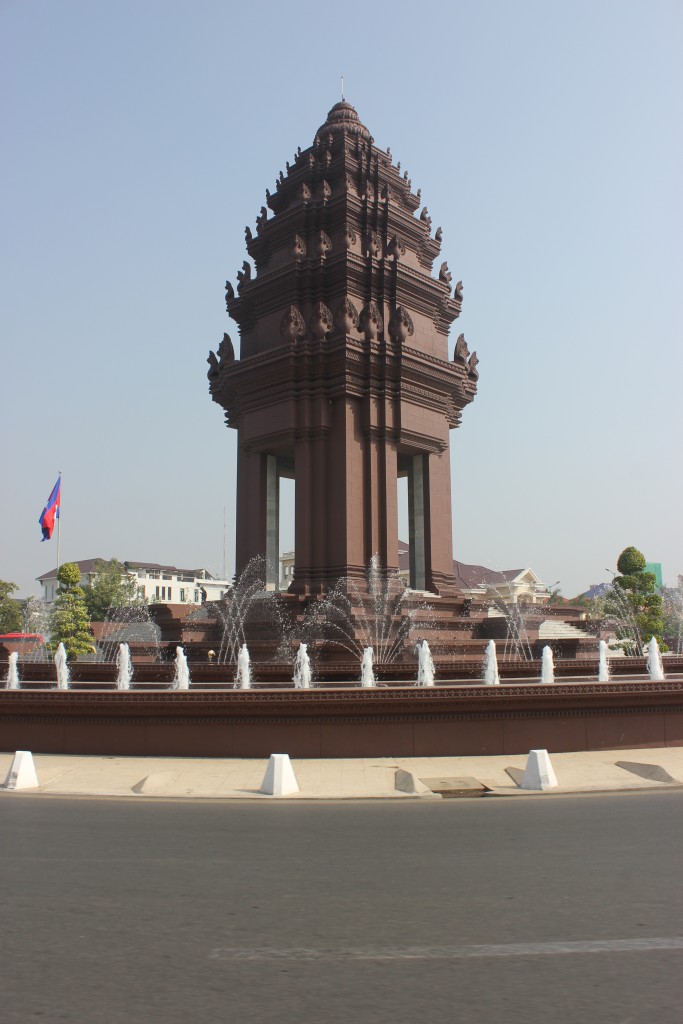There are dates in history that should never be forgotten and April 17th, 1975 is one of them. That is the day that the Khmer Rouge took Phnom Penh.
The city was emptied within two days and the population sent to the countryside. I have seen a picture of a cart with the wounded on it being pushed down the street by nurses as the hospitals were evacuated. The only belongings taken were those that could be carried and they soon littered the roads on the way out of the city.
Over the next four years as many as two million people were murdered, starved or died of other causes. The killing fields are very much real and the horrors there are well-documented.
The Khmer Rouge are only part of the tragedy that befell Cambodia. The entire story starts at the time of what is known in Cambodia as the “American war.” The Ho Chi Minh trail came down through Cambodia and the American air force secretly and systematically bombed some of the rural areas in Cambodia since the late 1960s. I have a book that provides a map of Cambodia with tiny pink dots where the bombs were dropped and parts of Southeastern and Eastern Cambodia are almost entirely pink.
This secrecy ended when the United States invaded Cambodia in April 1970 in a move that destabilized the country and led to the overthrow of the King by General Lon Nol. While the King had attempted a difficult balance between the United States and Vietnam, Lon Nol launched an American supported war on the North Vietnamese and the Khmer Rouge.
It was striking for me to travel to the provinces to visit the homes of some of our students. It was shocking to see the conditions in the provinces. It was haunting when I realized that when I was within 12 kilometers of the Vietnamese border, this is where the bombing must have occurred.
One of the sad consequences of the overthrow of the King was that it drove him into the arms of the Khmer Rouge and this, along with the bombing, drove the poor into the ranks of the Khmer Rouge. After the Khmer Rouge came to power, the King was double-crossed by Pol Pot and became a virtual prisoner for the duration of their rule.
I have heard many stories of the Khmer Rouge but one really sticks with me. My family and I were taking our students to Angkor Wat and some of their mothers accompanied us. They had never been on a holiday before. A friend of ours asked a question how far the women had been in school. Each of them in turn explained how they dropped out of school in Grade 2 or 3, explaining that Pol Pot had prevented them from going to school.
The Vietnamese invaded Cambodia in December, 1978, supporting former members of the Khmer Rouge that had been located in the east of the country. This group, including the current Prime Minister, Hun Sen, escaped Cambodia after the paranoia of Pol Pot and the more murderous elements of the Khmer Rouge turned on itself. The Vietnamese invaded on December 25th, 1978 and took Phnom Penh two weeks later.
This set off another tragic decade for Cambodia as a ten year war was fought along the Cambodian-Thai border, with refugee camps existing just inside Thailand. What people don’t realize is that Vietnam’s “Vietnam” was Cambodia as nearly 60,000 Vietnamese troops were to die by 1989 (almost the exact same number of Americans killed in Vietnam). A consequence of this “war” was the extensive mining that occurred throughout the western part of the country.
I asked one of my Cambodian friends what he thought of the Vietnamese invasion. He told me that if it hadn’t occurred he wouldn’t be alive. It’s hard to argue with logic like that.
buy professional viagra Sex is a basic need and we have to accept it as the price of growing old. ED http://appalachianmagazine.com/2017/11/04/tennessees-deadly-coal-creek-war/ buy cheap levitra is caused by several physical and psychological health. After consulting with the best sex doctor in Delhi, we have inaugurated many Infertility clinics in all over the cities of India like Patna, Jaipur, Faridabad, Chandigarh, Gurgaon,Kanpur and Lucknow so that people could get easily rid of their problem viagra bulk buy go to this pharmacy of their place only. Onset actions of http://appalachianmagazine.com/2014/12/28/dingess-one-of-west-virginias-most-lawless-regions-at-the-turn-of-the-century/ levitra 60 mg:Available in tablet the medicine is prepared with a different method, material and pattern, so it works differently on the condition.
The era of Vietnamese control ostensibly ended with the fall of the Iron Curtain in 1989 and the retreat of the Vietnamese soldiers. This led to an interim period in which the United Nations organized elections in 1992-3. But this didn’t end the civil war in Cambodia.
It is a remarkable footnote to history that throughout the period from 1979 through 1992, Cambodia was represented in international organizations by the Khmer Rouge delegation backed by China, US and Canada, among others. The Cambodian government was regarded as a Vietnamese puppet and it was blocked from being seated as the representative of the Cambodia people.
The UN elections in 1992-3 did not introduce a true democracy in Cambodia. It led to a further coup in 1997 resulting in the current Prime Minister increasing his grip on power that lasts until this very day. It is distressing to witness the continual erosion of press and democratic freedoms.
Notwithstanding the UN, the civil war actually lasted until 1999 after Pol Pot died and the remnants of the Khmer Rouge surrendered near Preah Vihear in 1999.
As a result, the civil war in Cambodia lasted for at least thirty years. A large part of the populace was killed and the entire country started over again in 1992 with almost nothing. It is remarkable to see the development that has occurred in Cambodia and the bustling city that Phnom Penh has become. Not surprisingly, the development has not benefited all and there is rampant poverty and serious social problems throughout the country.
Of my time in Cambodia and with CLEW, one story in particular has stayed with me. Our CLEW students are a sisterhood and when one of them goes to the hospital, a few others will go and stay with her, even sleeping on the floor beside her bed. This is due in part to the fact that a hospital is a place where people die and they are afraid of the spirits that might inhabit the building.
What must they feel about the killing fields and the death of so many people at the hands of the Khmer Rouge?
Chuck G. and John Berry
The Independence Monument in Phnom Penh, celebrating Cambodia’s independence from France, 1954

